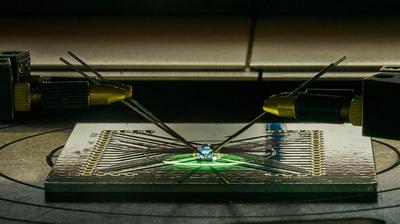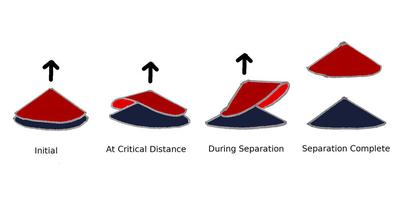
Accurate estimation of manufacturing variations can improve circuit performance
Silicon-based electronic circuits are continuously getting smaller. The Taiwanese manufacturer TSMC currently makes chips with the smallest feature of the circuit measuring just 7 nanometers, with millions of such components packed on a single chip. The process of manufacturing such ultra-dense circuits is complex. Despite world-class control, there are tiny fluctuations in the nanoscale dimensions. Thus, each transistor is slightly different from another across chips and even on the same chip.




